Seafood: The Original Superfood ›
For centuries, seafood has been celebrated as one of nature’s original superfoods — a source of nourishment that connects us to the ocean’s vitality. Rich in omega-3 fatty acids, vitamins, and trace minerals, it has supported heart and brain function across cultures.
But today, as our oceans and supply chains grow more complex, the question arises: Is your sushi as nutritious and pure as you think? In an age of rising contaminants and globalized logistics, the label “sushi-grade” no longer tells the full story. Seatopia believes the future depends on a modern, transparent label built on lab data and traceable handling — the foundation of the Seatopia Standard™.
The Freshness Factor
- Omega-3 sensitivity: DHA and EPA are delicate; prolonged “fresh” storage can oxidize them, diminishing flavor and function.
- Snap-frozen advantage: Flash-freezing at harvest halts oxidation and locks in nutrient integrity. Seatopia’s super-frozen seafood arrives with quality preserved.
- Handled with care: From rapid chilling and careful processing to frozen-only logistics, every degree matters. A color-changing temperature indicator confirms your box stayed frozen in transit.
When “Sushi-Grade” Isn’t the Full Story ›
“Sushi-grade” sounds reassuring, but it isn’t a regulated term. It typically implies the fish was frozen for parasite control, yet says nothing about mercury levels, microplastics, feed quality, or post-harvest handling. In other words, it describes temperature — not purity or nutrition.
Seatopia usage note:“‘Sushi-grade’ as used by Seatopia refers to our proprietary handling and testing protocols, not a government designation.”
Seatopia evolves the idea with measurable data. Each product includes verified lab results for mercury, selenium, and microplastics, documentation of parasite-destruction protocols, and frozen-chain verification — all accessible via QR. It’s sushi-grade, quantified.
The Seatopia Standard™ ›
The Seatopia Standard™ is our data-forward framework for clean, modern seafood: quantifiable, traceable, and regenerative. It integrates independent laboratory science with careful handling and responsible aquaculture.
| Pillar | Seatopia Standard |
|---|---|
| Mercury Threshold | Each product must test ≤ 0.10 ppm (≈10× stricter than FDA action level), based on latest COA results. Published on the product’s COA (scan the on-pack QR to the underlying lab PDF). |
| Selenium : Mercury Balance | Selenium can bind mercury, reducing bioavailability. We report Se:Hg molar ratios on COAs when available and aim for values > 1 for added context. See latest COA results. |
| Microplastics Screening | Third-party labs (optical/Raman spectroscopy). To date, no microplastics detected ≥ 1 µm in Seatopia samples tested; program continues with periodic checks. See latest COA results. |
| Parasite Destruction | Raw-intended products are cryogenically super-frozen (≤ −76 °F / −60 °C), exceeding FDA parasite-destruction guidance while preserving texture. |
| Cold-Chain Integrity | Frozen-only logistics from harvest to home. Each box ships with dry ice and a color-changing temperature indicator — visible proof it stayed frozen in transit. |
| Transparency & Traceability | Each pack includes a QR code linking to its COA with mercury, selenium, DHA/EPA, and microplastics results. QR pages expose the actual lab PDF, not just a summary. |
The Science of Nutrient Integrity ›
Clean seafood is more than low-contaminant — it’s nutritionally potent. The balance of DHA + EPA omega-3s, selenium, and iodine in responsibly farmed fish supports heart and brain function. Proper freezing protects these fragile lipids more reliably than “fresh” chains that permit oxidation over days.
Seatopia partner farms use next-generation feeds (e.g., microalgae) and careful husbandry to support omega-3 profiles while reducing environmental impact — helping define some of the cleanest seafood options available, as verified by lab testing.
How to Verify Clean Seafood ›
- Check the COA: Confirm mercury ≤ 0.10 ppm and the microplastics line (“none detected ≥ 1 µm” if applicable), based on latest COA results.
- Confirm the freeze: Sushi-grade should mean validated super-freezing, not just “previously frozen.”
- Inspect packaging: Dry-ice shipment + a color-changing temperature indicator = visible cold-chain integrity.
- Favor transparency: Look for origin, feed, and links to the actual lab PDFs behind the numbers.
Clean seafood isn’t a slogan — it’s a standard you can verify.
The Seatopia Promise ›
“Sushi-grade once meant frozen. Now it means tested, traceable, and transparent.”
At Seatopia, we believe the original superfood deserves modern precision. Through independent lab testing, cryogenic handling, and regenerative aquaculture partnerships, we’re helping define seafood that is lab-verified clean, nutrient-dense, and traceable back to its source.
Our purpose is clear:
Seatopia exists to make clean, regenerative seafood the new standard—for health, for trust, and for the ocean itself.
🧪 Mercury ≤ 0.10 ppm (based on latest COA results) 🛡️ Se:Hg > 1 where available (see COA) 🔬 No microplastics detected ≥ 1 µm in samples tested (see COA) ❄️ Super-Frozen Integrity Verified
These statements are based on third-party lab testing and are not evaluated by the FDA. Seatopia products are not intended to diagnose, treat, cure, or prevent any disease. Results reference the latest COAs for each product; values vary naturally by species and lot. Influencer or sponsored content that references this post should include clear FTC disclosure (e.g., “#SeatopiaPartner”).




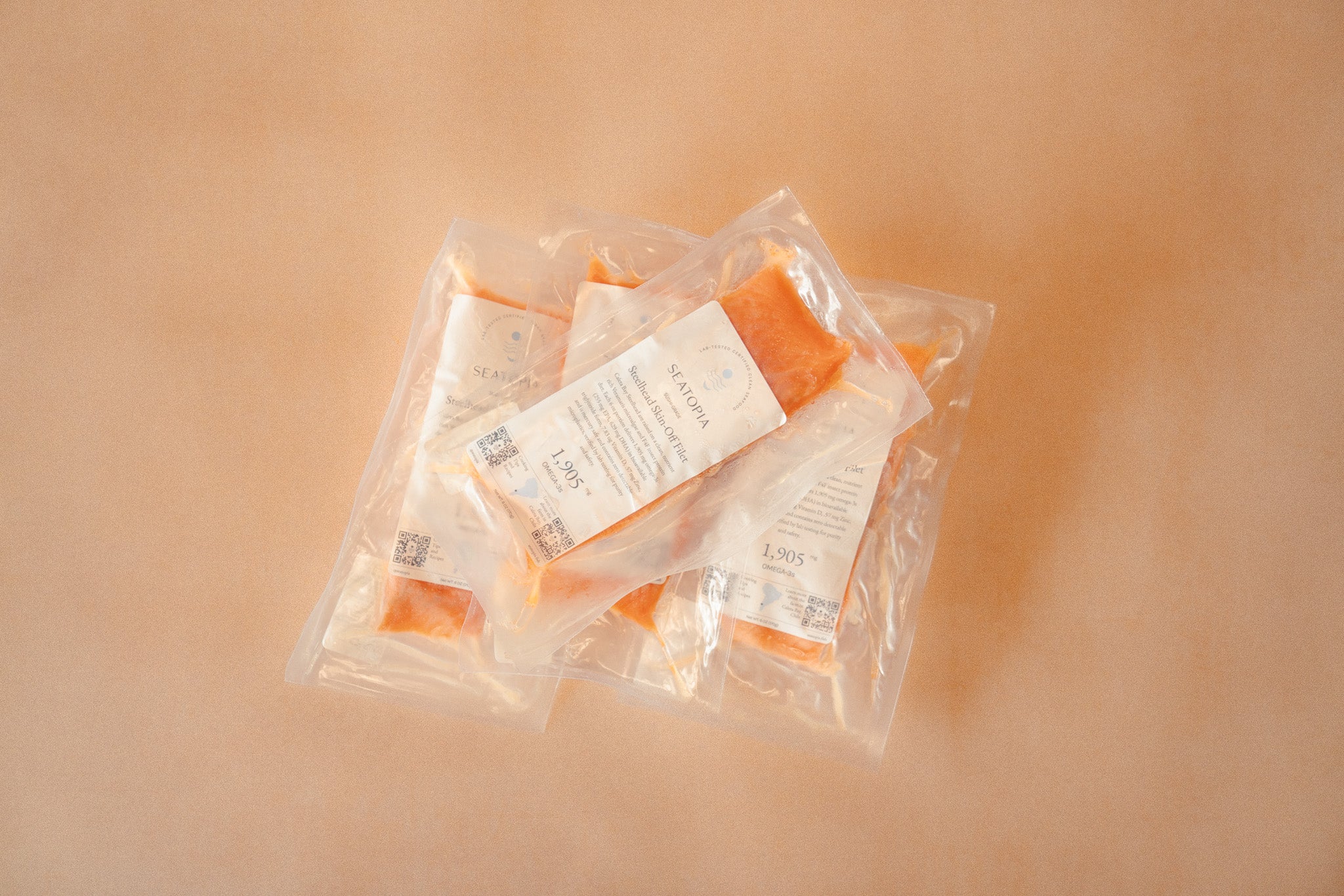
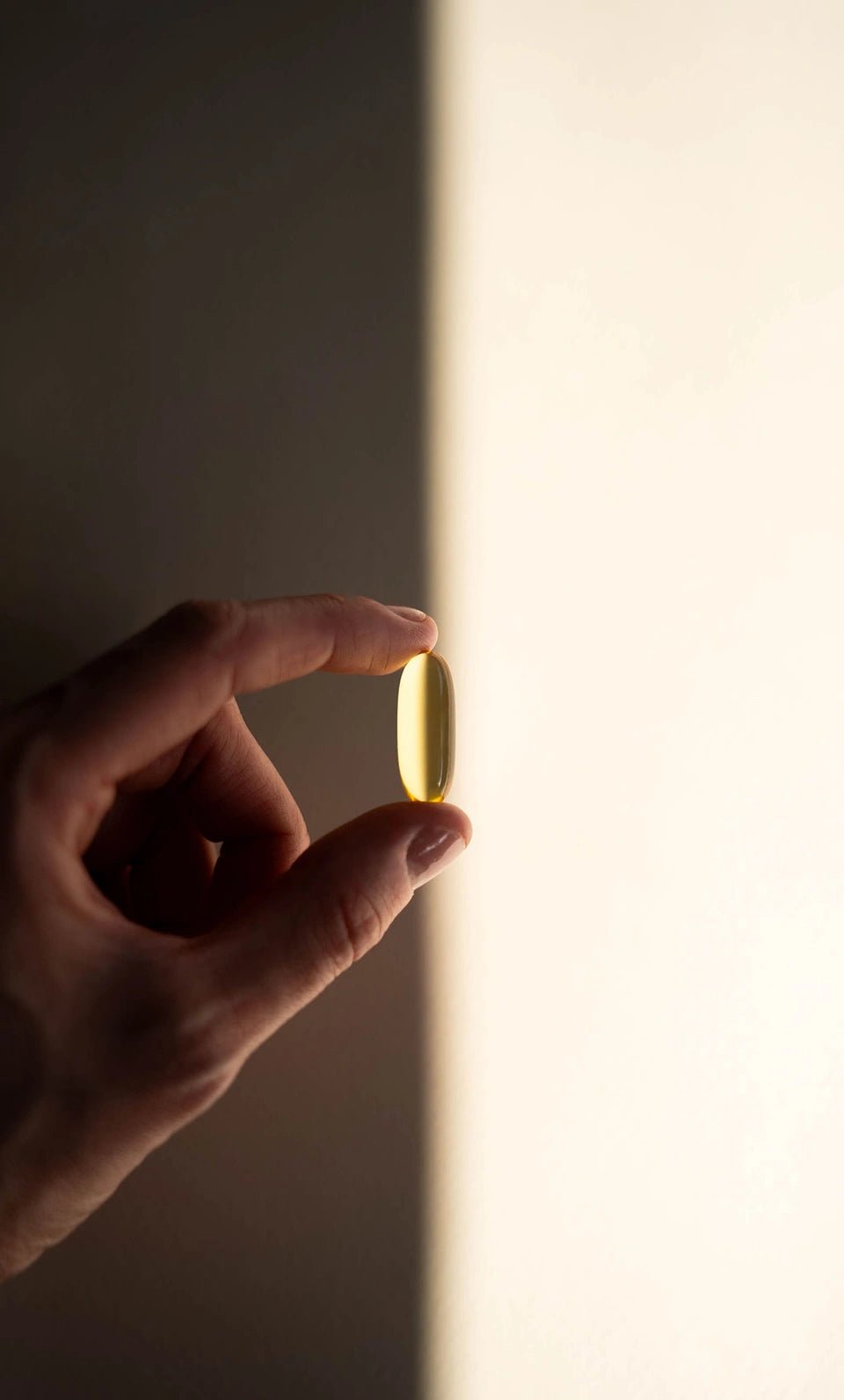
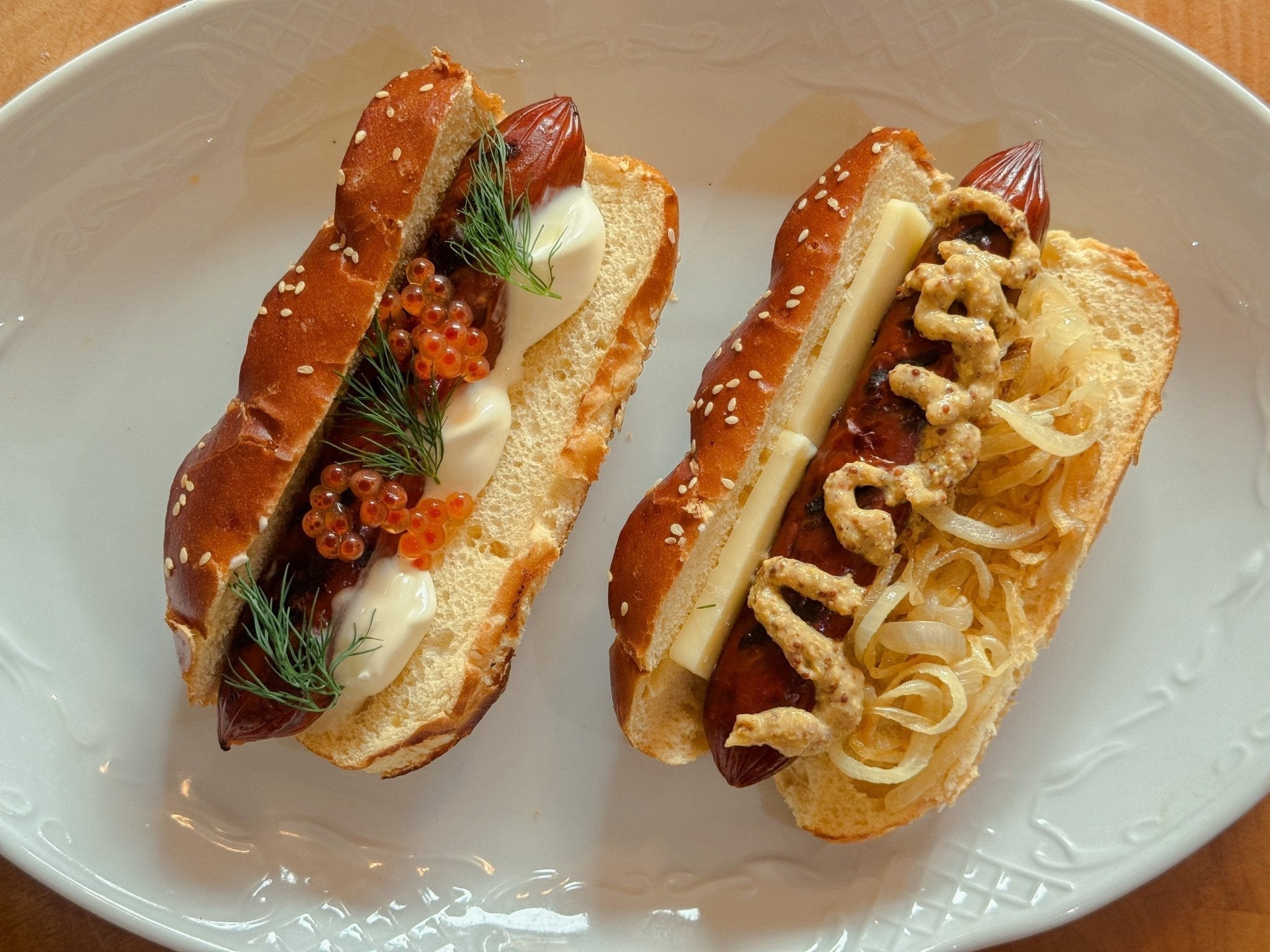
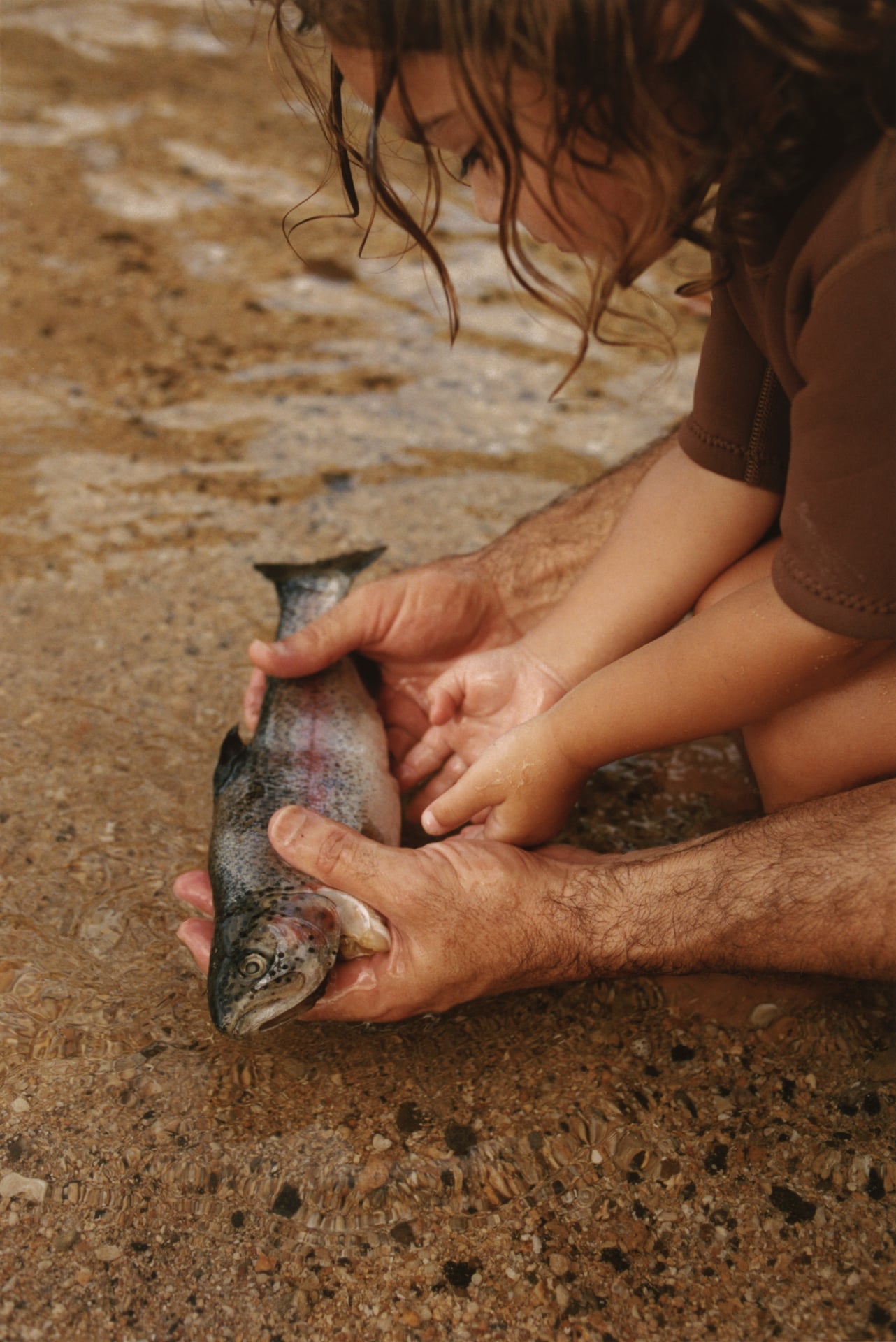

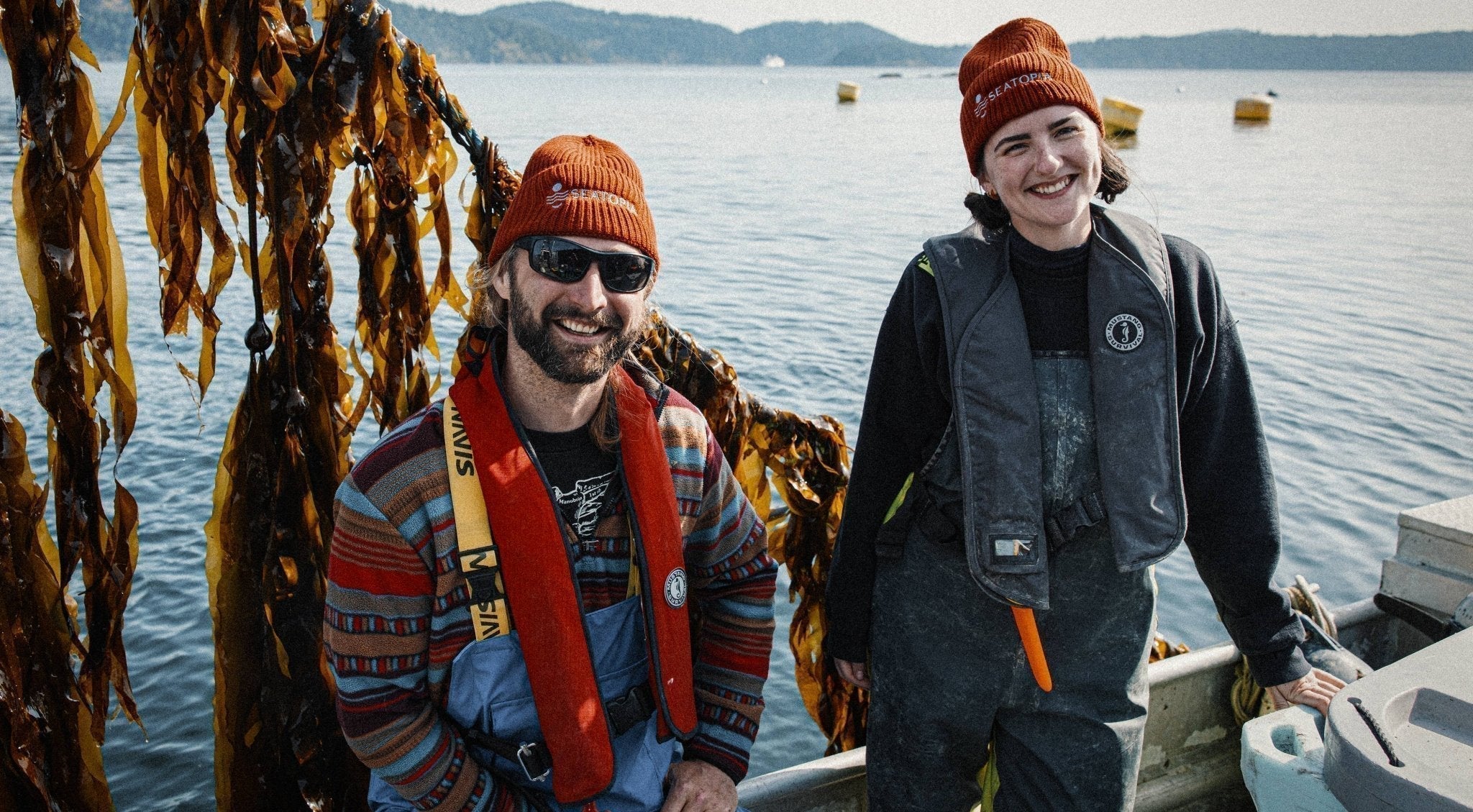
Share:
Why Sushi-Grade Seafood May Be Better Than Your Omega-3 Supplement
The Surprising Truth About Seafood Packaging (and Why Ours Matters)